Date: 28 June 2007
The modified Boeing 747 SP jumbo jet will be on show with its high performance infrared telescope built by the German partners. At the heart of the telescope is a 2.7 meter mirror substrate manufactured by the German technology company SCHOTT AG using its “Zerodur“ glass ceramic.
The material was chosen because of its outstanding properties. Due to “Zerodur” glass ceramic’s nearly zero thermal expansion coefficient, the mirror maintains its shape and provides a constant optical image without distortion, even with large fluctuations in temperature. This is important since the working environment twelve kilometers above the Earth can be as cold as minus 60 degrees Celsius. At the same time, “Zerodur” glass ceramic also withstands the high stress which can occur in flight or during difficult landing maneuvers, which can amount to a nine-fold gravitational force (9G).
Light Weighted “Zerodur“ Glass Ceramic Mirror Substrate The highly homogeneous material was also light-weighted to help save fuel costs. The weight of the 350 mm thick substrate was reduced by grinding out material to produce a honeycomb structure, reducing the 3.8 metric ton round block to 850 kilograms before receiving a precisely polished reflecting surface.
Flying in the stratosphere, SOFIA’s primary mirror will collect light and infrared radiation for an array of measurement instruments. Infrared radiation is especially interesting because it makes up approximately half of the radiation in the universe. The information from its spectral resolution is expected to reveal new discoveries about the universe.
After flight testing, first observations are scheduled to begin in 2009. Once regular observations begin, SOFIA is designed to carry out a 20-year mission which will involve approximately 160 observation flights per year, each lasting between six and eight hours. Scientists hope to derive information about star and planet formation as well as learn more about the composition of comets, asteroids and distant galaxies.

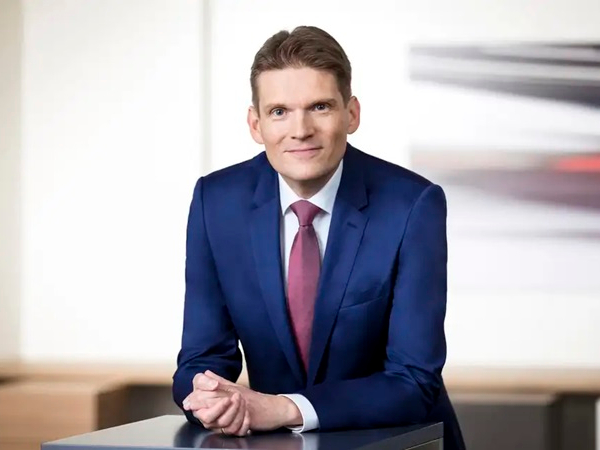
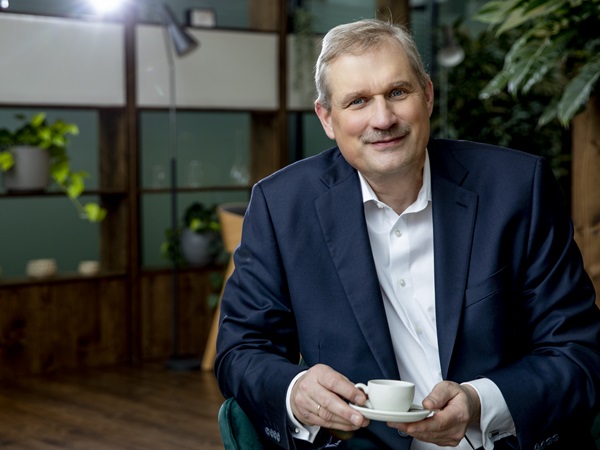

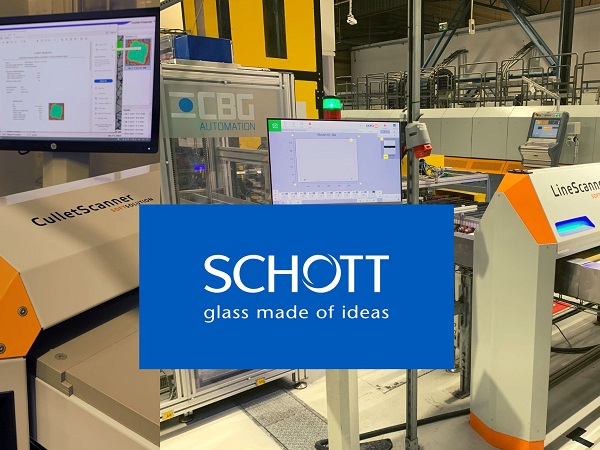
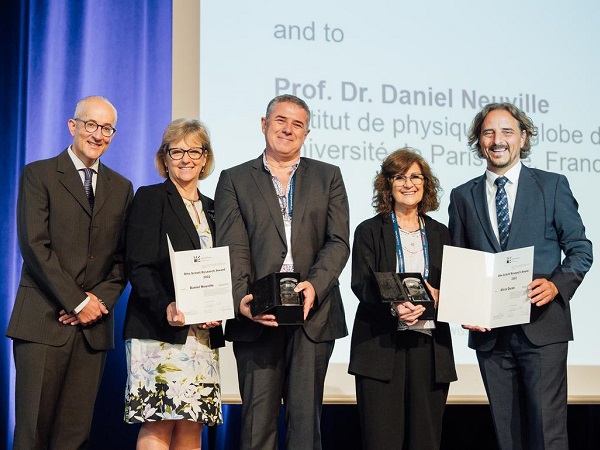
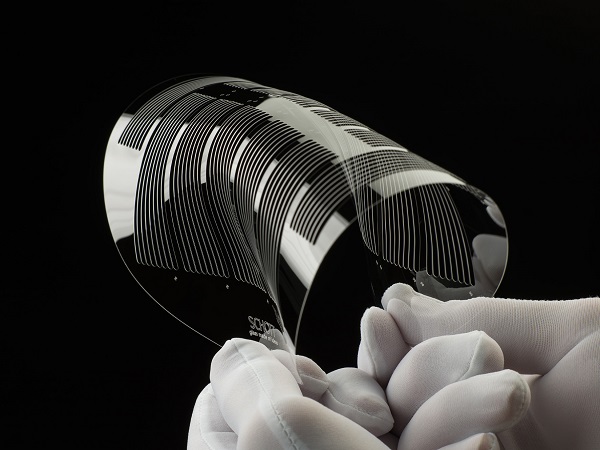
Add new comment